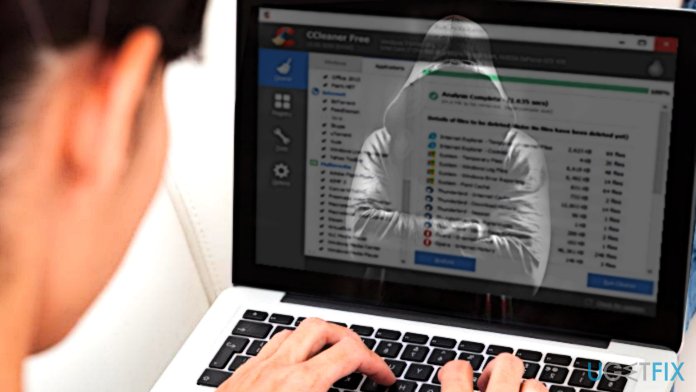

- #CCLEANER MALWARE THE HACKER NEWS PATCH#
- #CCLEANER MALWARE THE HACKER NEWS SOFTWARE#
- #CCLEANER MALWARE THE HACKER NEWS CODE#
- #CCLEANER MALWARE THE HACKER NEWS WINDOWS#
If hosts start executing downloads/reflective loads from abnormal services or applications that will still be identifiable.
#CCLEANER MALWARE THE HACKER NEWS SOFTWARE#
Although software may be trusted, if it behaves abnormally it will still be targeted for analysis. When good software behaves badlyĭespite the complexity that these attacks can lead to in order to affect users, trained personnel that can spot identifiers of compromise regardless of infection vector will still be able to spot intrusion. As always, the patient hacker is normally the most successful. The ultimate effects of breaches targeting malware and vulnerability- related data may not yet have come to fruition, as its use is perhaps still being analysed and tested for how it can achieve maximum effect. The ever present threat of hackers can filter through to far reaching targets by successful compromise of one trusted distributor, not necessarily for direct action but for harvest of data to be used later in more nefarious ways. All the software corporations involved take the utmost care in their security practices, but regardless of the precautions attackers can still get in.

The difference is that when they get breached it can affect much more than just one organization. Although these are only some of the most recent examples, software developers are just as susceptible to hackers as the rest of the digital community. In the cases of direct relation to compromise, the associated corporations were quick to distribute updates and solutions in order to resolve the issue however, breaches of these databases and networks may have further reaching implications that have yet to surface. The patient hacker is normally the most successful
#CCLEANER MALWARE THE HACKER NEWS WINDOWS#
However, the information leak itself means that the attackers had access to the prime centre of information that would allow easy development of new exploits to use on Windows users anywhere. Microsoft claims that the vulnerabilities in the breach were fixed within months and that there was no evidence the information was used in any identified breaches around that period. Microsoft’s bug tracking system, which stores information on critical and unfixed vulnerabilities in their OS that can be related to the OS system itself or related applications, was breached back in 2013. Access to prime informationĪlthough this example may have two sides to the argument (whether to inform the public of the threat and what to look for or to keep it secret and preventing mass use of the exploit), another issue came to light which does not.

This seeming recklessness in the vulnerability’s presence, the speed of developing a patch, and the unilateral publication of the vulnerability raise concerns.
#CCLEANER MALWARE THE HACKER NEWS PATCH#
It was reported that Microsoft was planning to release a patch the following week (on patch Tuesday), but that Google released the information regardless of that fact that it put users at risk. Some may say that 90 days is ample time to solve such issues, but that depends on its nature and complexity. Microsoft were given 90 days to patch the issue before Google unilaterally released details on the vulnerability. A recent discovery by the Google Zero Day team went public before Microsoft released a patch to the identified issue. Microsoft – arguably the most used OS on the planet – has had a few security breach incidents over the past few years that have only recently come to light. An additional level of concern is that the software was actively looking for these cyber weapons, meaning there was already intelligence to their existence and use. This perverts the concept of catching, analyzing, and finding a solution for malware by instead making it easy to store and utilize later. This gave the intruders unlimited access to all variations of American-made cyber weapons and zero-day malware being used domestically to be cached and used or distributed later. Hackers gained access to the underlying network used by the software, which relays detected malware for analysis. Saving malware for a rainy dayĪnother security software company, Kaspersky, was also compromised over the last few months, although this was in a far more subtle way. This allowed the malware-tainted version to run unimpeded on hosts as the signature stamped it as legitimate and trustworthy code.
#CCLEANER MALWARE THE HACKER NEWS CODE#
The attack targeted the Piriform servers responsible for distributing new versions of the software by adding the malicious code before distribution, the attackers were able to attain the distributor’s digital signature. The breach at Avast that led to version 5.33 of CCleaner to contain malware is a prime example.


 0 kommentar(er)
0 kommentar(er)
